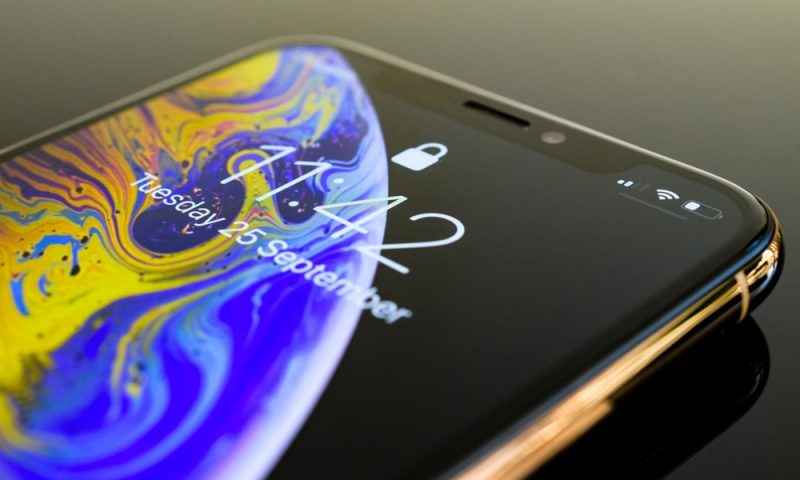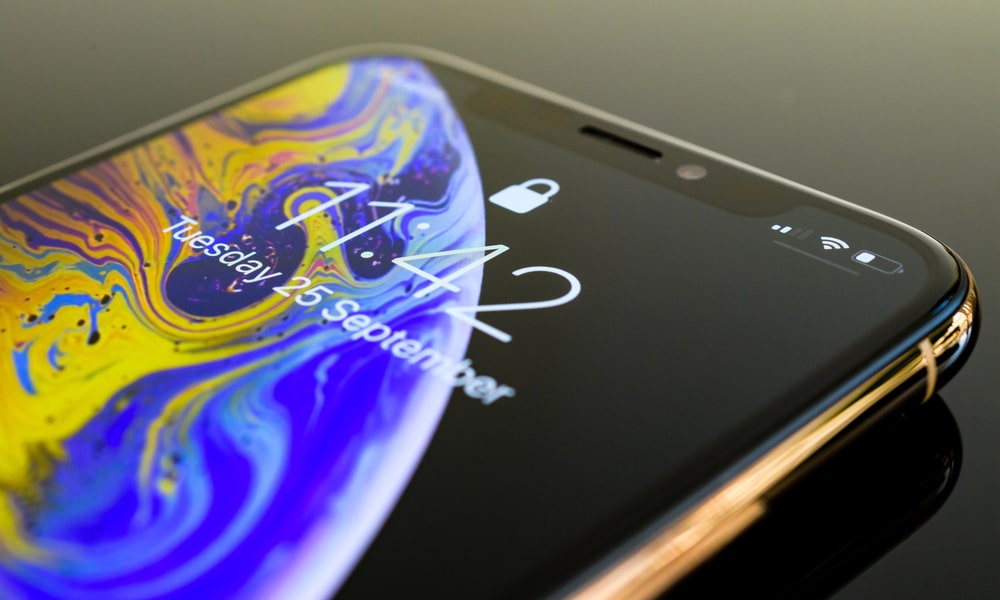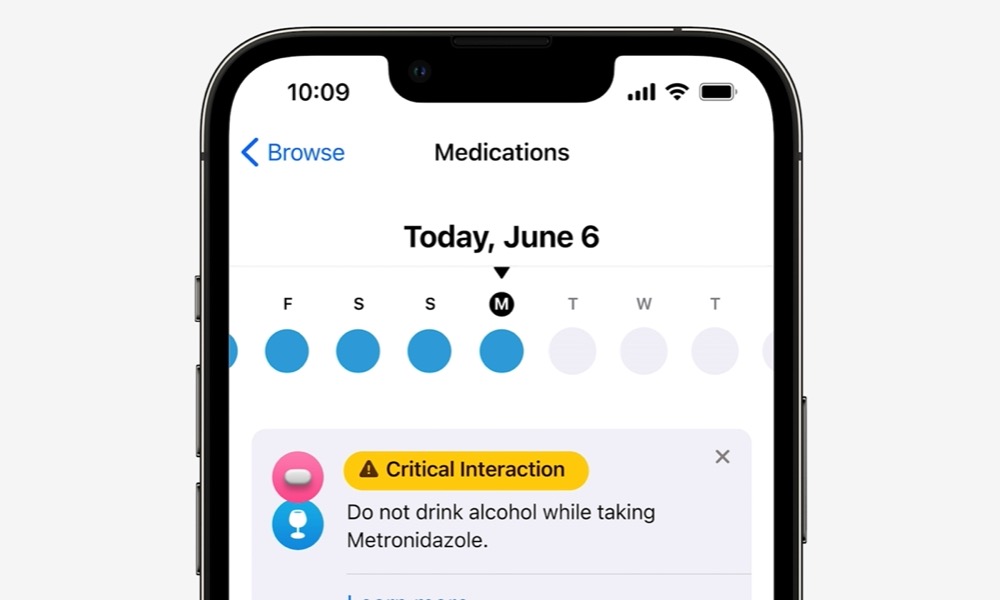The iPhone 14 Pro May Get an Always on Display, According to One Analyst

 Credit: Hadrian / Shutterstock
Credit: Hadrian / Shutterstock
Although always-on displays have been a feature of many other smartphones for years, Apple has confined these displays to the Apple Watch.
Last year’s move to a 120Hz “ProMotion” LTPO display on the iPhone 13 Pro led many to hope that this would feature always-on display tech, but sadly that never materialized.
The key challenge was that even though Apple’s new LTPO iPhone 13 Pro displays offered faster refresh rates — up to 120Hz — they weren’t slow enough to stay on all the time without a severe hit on battery life.
6 Apps Everyone Should Absolutely Have on Their iPhone & iPad – Number 1 is Our Favorite
The App Store has become completely oversaturated with all the same repetitive junk. Cut out the clutter: These are the only 6 iPhone apps you’ll ever need…Find Out More

The secret to making an always-on display practical is using a display that can go down to 1Hz, which means that it only refreshes once every second. The iPhone 13 Pro display can get down to 10Hz, which is one of the reasons it offers excellent battery life, especially when watching traditional movies and TV shows.
Still, even refreshing the display ten times per second would take too much power to leave the screen on all the time. To do this, Apple needs to pack in displays that can offer the same 1Hz refresh rate as the ones used on the Apple Watch.
According to display analyst Ross Young, that could be happening this year. Young hasn’t been able to confirm this for sure, but he does say that from what he’s heard, he’s “expecting” the upcoming iPhone 14 Pro and iPhone 14 Pro Max to offer a 1Hz refresh rate.
If that comes to pass, it’s hard to imagine that Apple wouldn’t also offer an always-on display on this year’s Pro models. There aren’t too many reasons for Apple to include displays with such a low refresh rate unless it’s planning to keep them on all the time — or at least some part of them.
How Would an Always-On Display Work?
It’s not clear exactly what Apple would do with an always-on display on an iPhone. The Apple Watch Series 5 and later show the entire watch face, minus any complications deemed too sensitive. Due to the slower refresh rate, information is updated far less frequently — the second-hand doesn’t show up on analog watch faces, and workouts and timers omit fractional seconds from their counters.
In the case of an iPhone, it’s far more likely that Apple will follow the precedent set by Android handset makers, limiting the information shown to the time, date, and an indication of any higher-priority notifications that may be pending. Still, with Apple’s penchant for design, we can expect the iPhone version to look considerably more elegant.
We can get a pretty good idea of what Apple has in mind by looking at Apple’s Leather Sleeve with MagSafe. This accessory was released alongside the iPhone 12 with its new MagSafe technology and always felt like it was tailor-made with an always-on display in mind.
Thanks to Apple’s MagSafe feature, an iPhone 12 or iPhone 13 knows when it’s been inserted into the MagSafe Leather sleeve. This tells iOS to change the Lock Screen to display the clock through the window in the case. However, it’s a strange feature without an always-on display since you have to tap the screen through the case to see the time; otherwise, it’s just a shiny black nothing.
The iPhone 12 Pro was supposed to have a 120Hz display before pandemic-related supply chain problems forced Apple to push it off to the iPhone 13, and it’s not hard to imagine Apple was aiming for a 1Hz display even back then.
However, those component shortages haven’t gone away, and it’s likely Apple simply hasn’t been able to get enough high-quality 1Hz displays to meet the demand for new iPhones. Building an always-on display isn’t a challenging feature from an engineering point of view, but getting the necessary components is an entirely different problem. Hopefully, Apple has figured out the logistics so that this can be the year an always-on display finally comes to the iPhone.
[The information provided in this article has NOT been confirmed by Apple and may be speculation. Provided details may not be factual. Take all rumors, tech or otherwise, with a grain of salt.]







